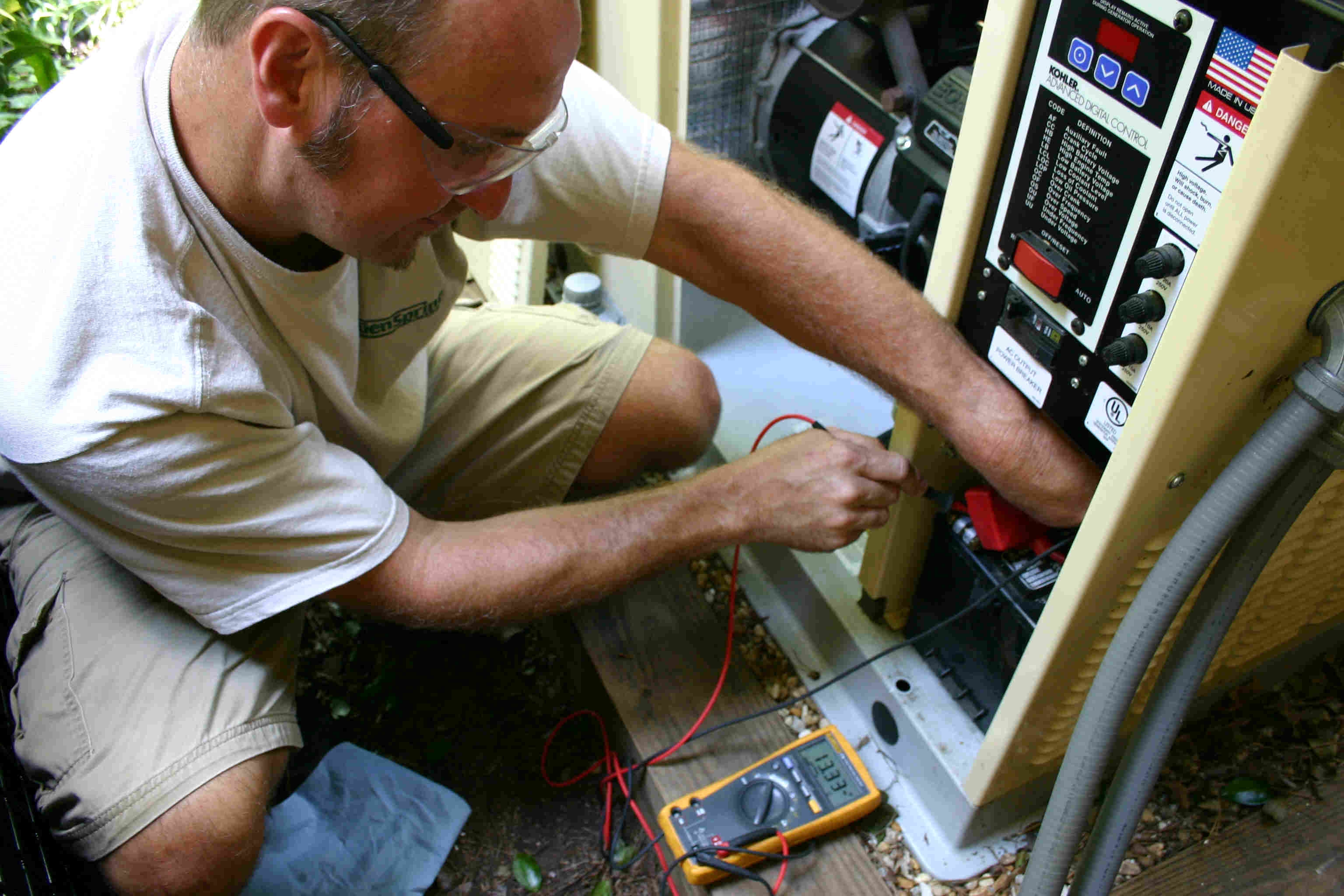|
|
 |
|
| Safety With Batteries is Important |

|
| Always Wear Safety Glasses |
PRODUCT INFORMATION BULLETIN DATE: January 2008 SUBJECT: Battery Maintenance Requirements TO BE PERFORMED EVERY 6 MONTHS Safety precautions need to be taken. • Wear rubber gloves and an apron
that are specific for handling batteries containing sulfuric acid. •
Wear protective eyewear and a full face shield. • Avoid and prevent any open flame, sparks, or electrical arcs in or near the battery or battery
charging area. • Do not smoke near the battery or battery compartment area. •
Keep tools or other metallic items away from an unprotected battery.
• Never open
a battery cell cap with your face directly over the battery cell cap. •
Never wear any jewelry to include; watches, necklaces, rings, dangling
jewelry, etc. • Never use metallic tools to remove the battery caps or cable clamps. • Never place metallic objects on top a battery. Battery Inspection • Examine the outside appearance of the battery.
• Look for
cracks in the container. • The top of the battery, posts, and connections should be clean, free of dirt, fluids, and corrosion. If batteries are
dirty, refer to the Cleaning section for the proper cleaning procedure.
• Any fluids
on or around the battery may be an indication that electrolyte is spilling, leaching, or leaking out. • Leaking batteries must be replaced.
• Check all
battery cables and their connections. • Battery cables should be intact; broken or frayed cables can be extremely hazardous. • Replace any cable that looks
suspicious. Battery Cleaning • IMPORTANT: When removing clamps,
always loosen and remove the Negative (-) clamp first and the Positive (+) clamp last. When re-installing the clamps, install the Positive (+) clamp first and the Negative (-) clamp last. • Check that all vent caps are
tightly in place. • Clean the battery top with a cloth or non-conductive brush and a solution of baking soda and water. • Rinse with water and dry with
a clean cloth. • Clean battery terminals and the inside of cable clamps using a post and clamp cleaner. • Reconnect the clamps to the terminals and
apply a battery terminal corrosion protection to the clamps and terminal area. •
Keep the area around batteries clean and dry. Battery Maintenance Check electrolyte level; the minimum level
at the top of the plates should be 1/8" below the bottom of the fill well. If necessary add water to cover the plates. (Use distilled or deionized water only.) WARNING! Never add acid to a battery. Battery Testing (To be performed yearly)
For proper testing and
maintenance, reference the ANSI/IEEE 450 “Recommended Practice for Maintenance, Testing, and Replacement of Vented Lead-Acid Batteries for Stationary Applications” or the Battery Council
International Service Manual, DOE Handbook, DOE-HDBK-1084-95 “Primer
on Lead-Acid Storage Batteries”, and ANSI/IEEE 450. Part No. 0G79130SRV Rev. A 01/10/08
|
 |
|
|
|
GenSpring Power is a Registered Trademark of GenSpring Power Inc.
|
|
|
 |

